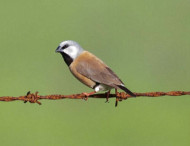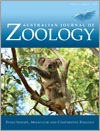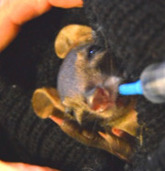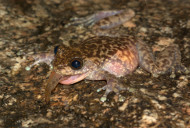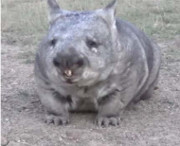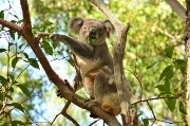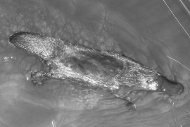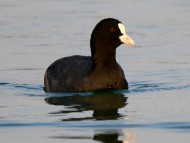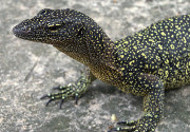Australian Journal of Zoology
Volume 64
Number 6 2016
The genetic diversity of the threatened black-throated finch was examined and found to be moderate, and genetic exchange occurred among sampled populations despite recent population declines. Conservation management should focus on increasing habitat quality and connectivity.
Photo by L. S. Tang.
Encountering bushfires may be stressful for wildlife. We investigated the impact of bushfire on the stress physiology of the woylie (brush-tailed bettong, Bettongia penicillata) a critically endangered Australian marsupial and assessed whether fitness indices (body condition and parasite load) influenced stress physiology before and after the fire.
Photo by Stephanie Hing.
Litoria nannotis is an endangered frog from the wet tropics region in north Queensland that has suffered significant population declines. We used 454-shotgun sequencing to develop microsatellite loci. These will be useful in understanding the genetic variation and connectivity amongst populations of this species recovering from mass population declines.
Photo by Robert Puschendorf.
Six captive male southern hairy-nosed wombats were exposed to oestrous and non-oestrous urine to determine if males can identify oestrus in captive females. Males did not demonstrate preference to either urine sample, suggesting that olfactory behaviour may not be an effective method of oestrus detection.
Photo by Alyce Swinbourne.
Northern koala populations are threatened by habitat loss and fragmentation. We use 14 novel microsatellites to investigate genetic connectivity of nationally significant koala populations in north-eastern New South Wales and south-eastern Queensland. Our results suggest koalas in this region are experiencing contemporary impediments to gene flow, highlighting the importance of maintaining habitat connectivity.
Photo by Amber Gillett.
This study describes an approach for long-term monitoring of the yellow-bellied glider using repeat surveys to account for imperfect detection and abundance modelling to produce indices of abundance. Abundance estimates were remarkably constant across three years. Studies at other locations are needed to understand the population dynamics of this species.
This study developed two new indices of platypus body condition suitable for routine field use. Using data from 137 adult wild platypuses captured in north-west Tasmania, we determined that at least one of these new indices outperforms the current standard method of assessing platypus body condition (Tail Volume Index).
Photo by Helen Robertson.
The habitat of the Eurasian coot (Fulica atra) extends from Eurasia to Australia. In this study, 16 highly polymorphic microsatellite markers were isolated and characterised for F. atra. These markers will be useful for developing a conservation strategy for F. atra.
Photo by Dong Xianfa.
Varanus douarrha is reinstated as a valid species using morphological and molecular characters. It is the fourth species of monitor lizard recorded from the Bismarck Archipelago and the only one known to occur on New Ireland, Djaul, and Lavongai islands.
Photo by Valter Weijola.
